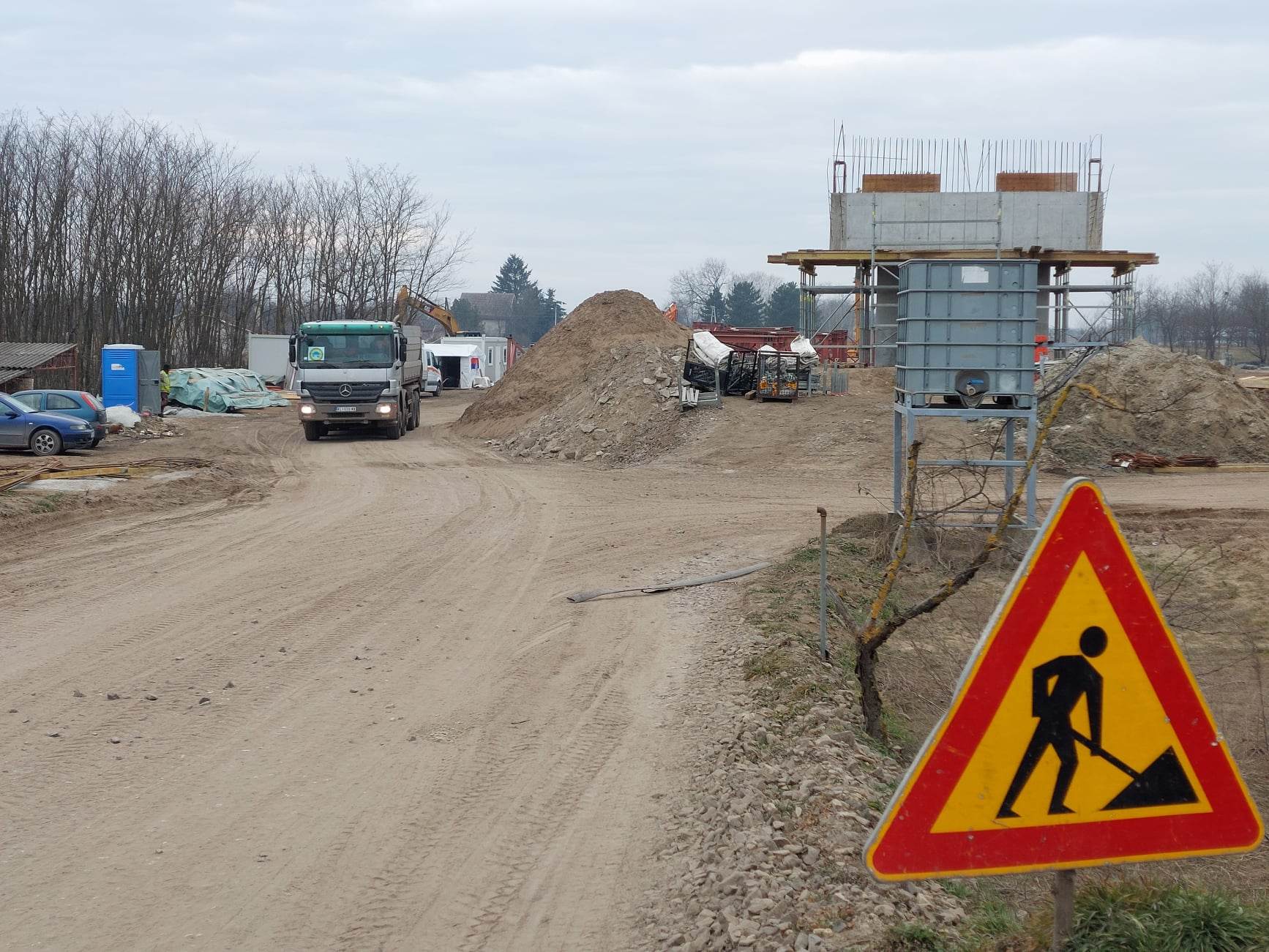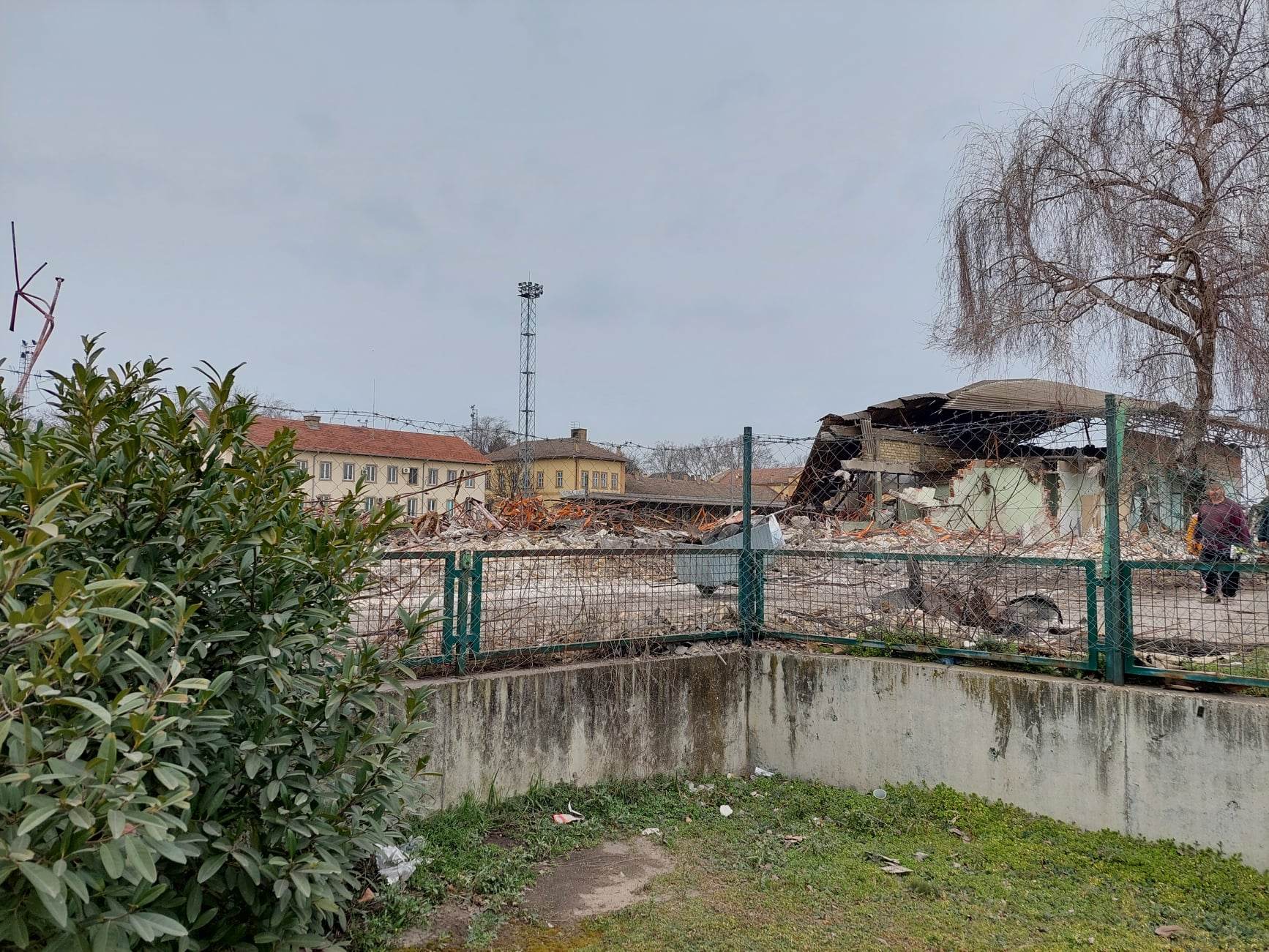
Railway reconstruction brings economic opportunity – works approach Hungary-Serbia border
Construction of the Budapest-Belgrade railway line is progressing apace. On the Serbian section, works are approaching the Hungarian border. The mega-investment will not only link the two capitals, but will also be a major economic, touristic and cultural asset for both sides.
Large-scale works underway
Railway construction is going strong in Serbia. Trains are already running at full speed on the Belgrade-Novi Sad section, which boasts ticket sales already numbering over one and a half million.
The works are now underway on the section between Novi Sad and Subotica and between Subotica and the Hungarian border. The old rails have been removed and the base widened to allow two tracks to replace the previous one.

Photo: V4NA
Not just the railway line, but the whole area around it will be renewed. The process is currently most visible in Subotica. The centre of the city with a poplation of around 150,000 will soon be closed for months to build new over- and underpasses. Existing intersections will be renovated and new bridges will also be built further away from the centre, which is expected to ease traffic congestion and make traffic flow smoother.

Photo: V4NA
The overall appearance of the city will also improve spectacularly, with dilapidated buildings along the railway, which had primarily been used by migrants as shelters, being demolished and weedy, abandoned areas being cleaned up.

Photo: V4NA
The railway section between Subotica and Belgrade is scheduled to be completed in 2025.

Photo: V4NA
At the same time, construction work is also underway on the Hungarian side, currently on a 150 km stretch between Budapest and Kelebia. The entire infrastructure will also be renewed on this section. Besides extending and modernising the tracks, stations will also be renovated, modern safety equipment installed and tracks near residential areas rubberised to minimise noise and vibration, the relevant ministry informed the press earlier.
Ongoing consultations at the highest level
The governments of Serbia and Hungary are intensively engaged in discussing the practical issues related to the launch of the high-speed railway, such as devising the timetable, which will be developed by a joint working group from the two relevant ministries. However, border control is a tougher nut to crack as the trains will enter the EU crossing the Schengen border, and journey times can double if trains have to stop for border control procedures. The proposed solution now is that customs and border checks will take place in Belgrade and Budapest (or in large cities en route) and only passengers who have been checked can board the trains.
„There will be no stopping at the border – that is exactly the essence of high-speed railways,” as confirmed by Serbian Construction, Transport and Infrastructure Minister Goran Vesic, who met with with his Hungarian counterpart Janos Lazar in Belgrade a few days ago.
At the meeting, the Serbian minister noted that Serbia and Hungary were not merely neighbours but strategic partners as well.
Janos Lazar conveyed a message from Hungarian Prime Minister Viktor Orban to the people of Serbia, saying that Hungary stands committed to Serbia. Serbia’s accession to the EU as soon as possible is a key regional goal for Hungary, Janos Lazar emphasised.
„Hungarians and Serbs want to and are able to work together. Cooperation is not a product of circumstances, but something dictated by our hearts and minds,” the Hungarian minister wrote on Facebook following the meeting.
Enormous economic potential
In the full-scale reconstruction, the roughly 350-kilometre-long section of the Belgrade-Budapest rail line will be converted from a single-track into a double-track railway, allowing trains to travel at much higher speeds than before.

Photo: V4NA
Travel time between the two capitals will significantly reduce. Apart from facilitating passenger traffic, the high-speed rail line will also have substantial economic impacts, allowing Chinese goods to move more swiftly and smoothly between ports in Greece and European markets. This will reduce road transport between the two capitals and traffic at border crossing points. The rail line is also expected to boost the economy in the region by offering a quick and cheap solution for local companies to transport products towards destinations in the south and west.

